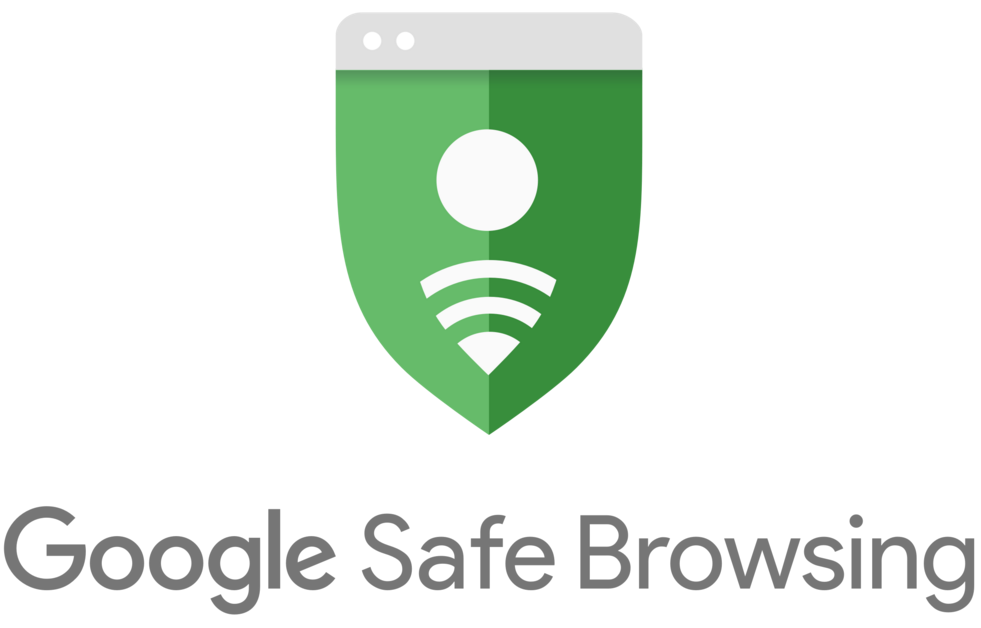Why Should Kids Have a Bank Account?
Before getting into age restrictions, it’s worth exploring why setting up a bank account for your child is a smart move. Starting early with a bank account can teach kids valuable life skills that will serve them well into adulthood.Key Benefits of a Children's Bank Account:
- Financial Literacy: Managing a bank account helps children understand concepts like budgeting, saving, and interest. Real experience beats theory every time.
- Building Responsibility: A bank account gives children a sense of ownership and responsibility over their money, fostering independence.
- Forming Good Habits: Regularly depositing and saving money instills positive financial habits that can last a lifetime.
- Teaching Technology Skills: Many accounts come with apps that allow kids to monitor balances and transactions, introducing them to digital banking early.
Age Limits for Children's Bank Accounts
Bank accounts for children often come with age restrictions. While the specifics vary between banks and countries, here’s an overview of widely used categories.Accounts for Children Aged 0–11
For very young kids, parents or legal guardians open and manage the account. These are often referred to as custodial or guardian accounts. The funds are technically held in the child’s name, but the guardian has full control. Popular Features for This Age Group:- Savings-focused accounts
- Higher interest rates to encourage saving
- Low or no fees
- Limited or no withdrawal options for the child
- Most banks require the parent or guardian’s ID, the child’s birth certificate, and a small deposit to open a custodial account.
Accounts for Teens Aged 12–17
Once a child enters their preteen and teenage years, some banks offer more advanced accounts tailored to this age group. These are typically joint accounts, where both the parent/guardian and the child can access the funds. Features for Teenagers:- Debit card options (with parental controls)
- Online banking and apps for financial tracking
- Automatic deposit options for allowances or part-time job earnings
- The parent or guardian may still need to co-sign, but teens can often perform basic banking functions independently.
- You’ll need government-issued IDs for both the parent and child.
Accounts for Ages 18+
Once your child turns 18, they usually graduate to a standard individual bank account. Many banks automatically convert teen accounts into regular ones when the account holder reaches adulthood. For those planning to attend college, banks often offer student accounts with added perks, such as fewer fees or budgeting tools. Features for Young Adults:- Overdraft options (in some cases)
- Budgeting and goal-setting tools
- Additional financial products, such as credit cards or loans
How to Choose the Right Account for Your Child
With so many options, how do you choose the best account for your child? Here are a few tips to keep in mind.Look for These Features:
- Low or No Fees: Some children’s accounts come with maintenance fees or transaction charges. Always read the fine print and opt for accounts with minimal costs.
- Parental Control Options: For younger kids and teenagers, accounts with parental oversight ensure you stay involved in their financial decisions without micromanaging.
- Learning Tools: Many banks now include educational resources, such as financial literacy games or videos, to help teach kids about money.
- Accessibility: Ensure the account offers easy access via apps or online banking, so your child interacts more with their finances.
- Perks and Rewards: Some banks encourage saving with higher interest rates or offer rewards programs for kids who meet savings goals.
Ask These Questions:
- What documents are required to open the account?
- Are there any hidden fees or withdrawal penalties?
- Is online banking secure and easy to use?
- Are debit cards available, and do they offer spending limits?
Tips for Teaching Financial Responsibility
Opening a bank account is just the first step. To maximize its benefits, help your child understand how to use it wisely.- Start Simple
- Allow for Mistakes
- Model Good Behavior
- Set Challenges
- Use Technology



 8 Common Mistakes to Avoid When Filing Your Taxes
8 Common Mistakes to Avoid When Filing Your Taxes  The Impact of Artificial Intelligence Advancements on the Financial Lives of Americans
The Impact of Artificial Intelligence Advancements on the Financial Lives of Americans  International Student Loans in Canada: Your Complete Guide <p style=' font-weight: normal;font-size: 16px !important; text-align: center;'> Discover eligibility, uses, and tips for securing funding for your studies. </p>
International Student Loans in Canada: Your Complete Guide <p style=' font-weight: normal;font-size: 16px !important; text-align: center;'> Discover eligibility, uses, and tips for securing funding for your studies. </p>